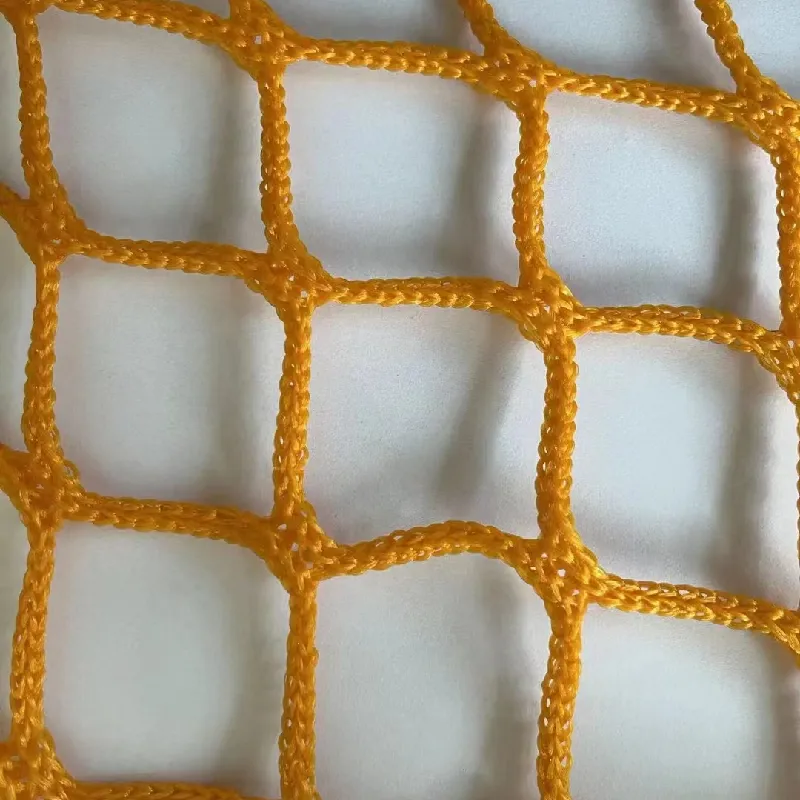-
 Afrikaans
Afrikaans -
 Albanian
Albanian -
 Amharic
Amharic -
 Arabic
Arabic -
 Armenian
Armenian -
 Azerbaijani
Azerbaijani -
 Basque
Basque -
 Belarusian
Belarusian -
 Bengali
Bengali -
 Bosnian
Bosnian -
 Bulgarian
Bulgarian -
 Catalan
Catalan -
 Cebuano
Cebuano -
 China
China -
 Corsican
Corsican -
 Croatian
Croatian -
 Czech
Czech -
 Danish
Danish -
 Dutch
Dutch -
 English
English -
 Esperanto
Esperanto -
 Estonian
Estonian -
 Finnish
Finnish -
 French
French -
 Frisian
Frisian -
 Galician
Galician -
 Georgian
Georgian -
 German
German -
 Greek
Greek -
 Gujarati
Gujarati -
 Haitian Creole
Haitian Creole -
 hausa
hausa -
 hawaiian
hawaiian -
 Hebrew
Hebrew -
 Hindi
Hindi -
 Miao
Miao -
 Hungarian
Hungarian -
 Icelandic
Icelandic -
 igbo
igbo -
 Indonesian
Indonesian -
 irish
irish -
 Italian
Italian -
 Japanese
Japanese -
 Javanese
Javanese -
 Kannada
Kannada -
 kazakh
kazakh -
 Khmer
Khmer -
 Rwandese
Rwandese -
 Korean
Korean -
 Kurdish
Kurdish -
 Kyrgyz
Kyrgyz -
 Lao
Lao -
 Latin
Latin -
 Latvian
Latvian -
 Lithuanian
Lithuanian -
 Luxembourgish
Luxembourgish -
 Macedonian
Macedonian -
 Malgashi
Malgashi -
 Malay
Malay -
 Malayalam
Malayalam -
 Maltese
Maltese -
 Maori
Maori -
 Marathi
Marathi -
 Mongolian
Mongolian -
 Myanmar
Myanmar -
 Nepali
Nepali -
 Norwegian
Norwegian -
 Norwegian
Norwegian -
 Occitan
Occitan -
 Pashto
Pashto -
 Persian
Persian -
 Polish
Polish -
 Portuguese
Portuguese -
 Punjabi
Punjabi -
 Romanian
Romanian -
 Russian
Russian -
 Samoan
Samoan -
 Scottish Gaelic
Scottish Gaelic -
 Serbian
Serbian -
 Sesotho
Sesotho -
 Shona
Shona -
 Sindhi
Sindhi -
 Sinhala
Sinhala -
 Slovak
Slovak -
 Slovenian
Slovenian -
 Somali
Somali -
 Spanish
Spanish -
 Sundanese
Sundanese -
 Swahili
Swahili -
 Swedish
Swedish -
 Tagalog
Tagalog -
 Tajik
Tajik -
 Tamil
Tamil -
 Tatar
Tatar -
 Telugu
Telugu -
 Thai
Thai -
 Turkish
Turkish -
 Turkmen
Turkmen -
 Ukrainian
Ukrainian -
 Urdu
Urdu -
 Uighur
Uighur -
 Uzbek
Uzbek -
 Vietnamese
Vietnamese -
 Welsh
Welsh -
 Bantu
Bantu -
 Yiddish
Yiddish -
 Yoruba
Yoruba -
 Zulu
Zulu
Exploring the Impact of Plastic Nets on Environment and Aquatic Life in Modern Industries
The Role of Plastic Nets in Modern Industry and Sustainability
Plastic nets have become an integral part of various industries due to their versatility, durability, and cost-effectiveness. These nets, typically made from polyethylene or polypropylene, serve a multitude of applications ranging from farming and fishing to construction and packaging. As the world moves towards more sustainable practices, understanding the role of plastic nets in these sectors highlights both their benefits and challenges.
Agriculture Enhancing Crop Protection
In agriculture, plastic nets are widely used as protective covers for crops. These nets help shield plants from harmful pests and birds, reducing the need for chemical pesticides. Furthermore, they can regulate temperature and humidity, creating an optimal microclimate for growth. For instance, UV-treated plastic nets are designed to allow sunlight to penetrate while filtering harmful rays, thus promoting healthier crop yields.
Another benefit of plastic nets in agriculture is their lightweight nature, facilitating easy installation and removal. They are often employed in greenhouses or as shade cloths for delicate plants, demonstrating their versatility. However, the environmental impact of plastic waste raises concerns. To address this, many farmers are beginning to adopt recyclable or biodegradable netting options, thus moving towards more sustainable agricultural practices.
Fishing Sustainable Practices and Challenges
The fishing industry also relies heavily on plastic nets, particularly in the form of trawling and gill nets
. These nets play a crucial role in catching fish and managing aquaculture. However, there is growing awareness about the ecological implications of using plastic nets in fishing. Ghost nets, lost or abandoned fishing nets, contribute significantly to marine pollution and pose a threat to marine life.plastic nets

Efforts are being made to mitigate these issues, including the development of biodegradable nets and improved recycling programs for discarded nets. The fishing community is increasingly implementing practices to recover lost gear, emphasizing the balance between industry needs and environmental stewardship. The introduction of sustainable fishing certifications is pushing the industry towards adopting safer practices while still meeting the demand for seafood.
Construction Versatile Applications
In construction, plastic nets are used for a variety of purposes, including scaffolding safety nets, erosion control, and landscape management. They provide crucial support and safety for workers, ensuring that materials and tools do not fall during construction activities. Plastic nets are also effective in preventing soil erosion on construction sites, helping to maintain the integrity of the land.
As with agriculture and fishing, the use of plastic nets in construction raises questions about sustainability. The construction industry is exploring alternative materials and innovative recycling solutions to minimize its environmental impact. The shift towards eco-friendly practices is essential, as the construction sector is a significant contributor to plastic waste.
Conclusion
Plastic nets have established themselves as essential tools across various industries, contributing to efficiency and safety. Their role in agriculture, fishing, and construction underscores their versatility and the necessity for innovation in sustainable practices. However, the environmental challenges associated with plastic waste cannot be overlooked. The future of plastic nets lies in finding a balance between their practicality and the imperative to reduce plastic pollution.
Investing in research for biodegradable materials, developing effective recycling systems, and promoting best practices in each sector will be crucial for minimizing the environmental footprint of plastic nets. As industries evolve, embracing sustainable alternatives and practices will be key to ensuring that plastic nets continue to serve their purpose while protecting our planet for future generations.
-
Shipping Plastic Bags for Every NeedNewsJul.24,2025
-
Safety Netting: Your Shield in ConstructionNewsJul.24,2025
-
Plastic Mesh Netting for Everyday UseNewsJul.24,2025
-
Nylon Netting for Every UseNewsJul.24,2025
-
Mesh Breeder Box for Fish TanksNewsJul.24,2025
-
Expanded Steel Mesh Offers Durable VersatilityNewsJul.24,2025











